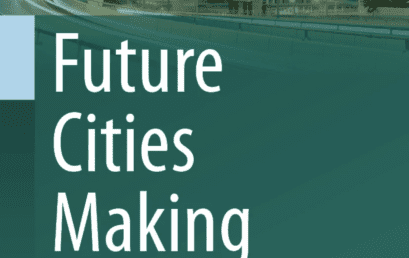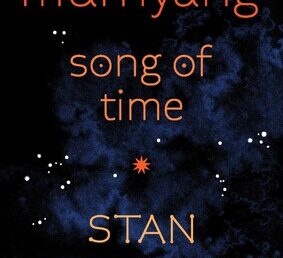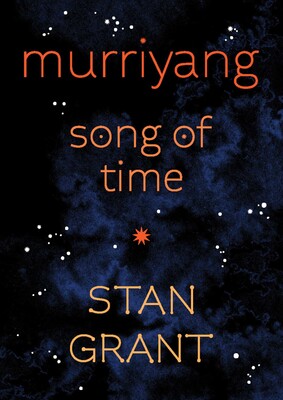This book focuses on the challenge that Australia faces in transitioning to renewable energy and regenerating its cities via a transformation of its built environment. Both are necessary conditions for low carbon living in the 21st century. This is a global challenge represented by the United Nation’s Sustainable Development Goals and the IPCC’s Climate Change program and its focus on mitigation and adaptation. All nations must make significant contributions to this transformation. This book highlights the new knowledge and innovation that has emerged from research projects undertaken in the Co-operative Research Centre for Low Carbon Living between 2012 and 2019 – an initiative of the Australian Government’s Department of Industry, Science and Technology that is tasked with responding to the UN challenges. Four principal transition pathways were central to the CRC and provide the thematic structure to this volume. They focus on technology, buildings, precinct and city design, and human behaviour – and their interactions.
- Identifies innovative and effective pathways for decarbonising the built environment from applied research undertaken by the Co-Operative Research Centre for Low Carbon Living
- Addresses three grand socio-technical challenges: transition to renewable energy, transition to low carbon built environment and transition to low carbon human behavior – and their interrelationships
- Identifies the most prospective opportunities for change in how cities and their built environments are designed, built and operated and where activities and behaviours of governments, businesses and residents need to change to radically reduce carbon and ecological footprints and reverse global warming





